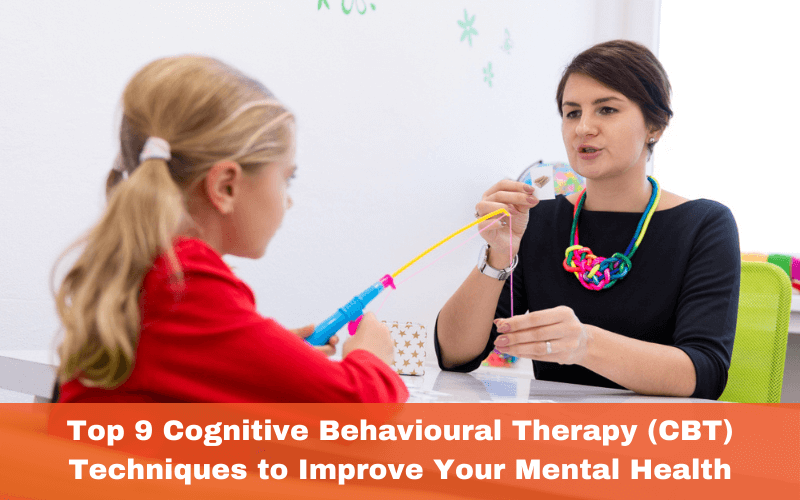
You have probably faced psychological complexities such as depression, anxiety disorders, eating disorders and mental illness at any point of your life. You are not the only sufferer of such disorders. Many of us confront such problems in the difficult sphere of our life. The good news is you can solve such issues by practising some simple cognitive-behavioural therapy (CBT). Learn 9 effective cbt Techniques for better mental health and lead a happier life without harmful thought patterns.
If you are unfamiliar with the terms, this article will help you know about CBT, its functionality and application to improve your mental health.
While addressing psychological complexities through cognitive-behavioral therapy (CBT) is undoubtedly crucial, envision a holistic approach that seamlessly integrates physical well-being into the equation. Imagine a community where individuals have access to resources that prioritize both mental well-being, as guided by effective CBT techniques, and physical health, such as chiropractic care. To embark on this well-rounded path, discover valuable insights and services on the sacramentobestchiropractor.com website, where the emphasis on both mental and physical health contributes to a harmonious and fulfilling life.
Psychologists use CBT as the most common tool for psychological therapy. If you have ever been to a mental therapist, psychiatry professional it’s likely you have gone through CBT.
Table of Contents
What is Cognitive Behavioural Therapy (CBT)
Cognitive Behavioural Therapy is a part of psychotherapy that changes your thinking pattern uprooting negative and irrational beliefs. It implies the idea that your thinking impacts your emotions and behaviour. Distress feelings can destroy your positive thoughts where Cognitive Behavioural Therapy employs strategies to overcome them.
“This simple idea is that our unique patterns of thinking, feeling, and behaving are significant factors in our experiences, both good and bad. Since these patterns have such a significant impact on our experiences, it follows that altering these patterns can change our experiences” (Martin, 2016).
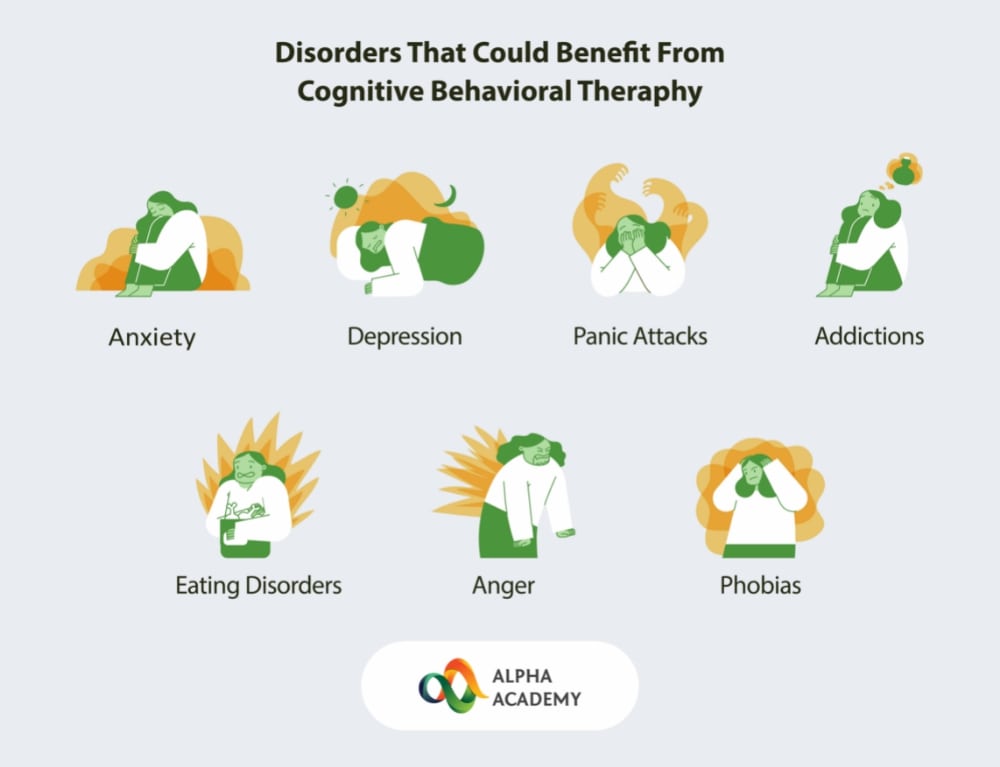
9 Most Common and Effective CBT Practices
1. Journaling
This technique is journaling your moods and thoughts, which includes the time of the mood, source of it, the intensity of the mood, and how you react with it. It helps you to understand your thought pattern and emotional tendencies.
2. Unravelling Cognitive Distortions
This is a primary objective of Cognitive Behavioural Therapy (CBT) that you can practice on your own without the help of any therapist. You must first identify which distortions you suffer most. This is a part of identifying and challenging harmful thoughts. Some common cognitive distortions are-
Filtering
Filtering means focusing solely on negative ignoring all the positive and good things in life. Even if a person is enriched by plenty of good things, it’s a trap of indulging in a single negative situation.
Black-and-White Thinking
This cognitive distortion refers to polarized thinking practice in any area. This about all-or-nothing thinking without leaving any space in between black and white. For instance, if you don’t perform well in a job interview, then you may think yourself a poor performer in every interview
Overgeneralisation
Overgeneralisation is taking a little incident or cause as evidence and resonate it to a broader conclusion.
Jumping to Conclusion
This type of distortion is similar to overgeneralisation. It involves resonating conclusions with faulty reasons. It is the tendency to be certain about something without any valid evidence at all. For example, you might be thinking that someone may dislike you without having any real evidence.
3. Cognitive Restructuring
After identifying your cognitive distortions, you can begin to learn how those distortions came in your mind and why you believe them. When you explore a harmful belief, you can start challenging it. For example, your belief is, a high paying job can bring you respect, but when you lose this high paying job, you will begin to feel disrespectful. Instead of holding this faulty belief, you could take an opportunity to know what makes a person respectable and change your belief.
4. Exposure & Response Prevention
If you are suffering from obsessive-compulsive disorder (OCD), this technique is very effective for you. Adding journaling with this technique makes it more effective, and you can understand how this technique makes you feel.
5. Interoceptive Exposure
If you are suffering from panic and anxiety, this technique is the right tool for you. This will help you to understand that symptoms of panic are not dangerous, but they might be uncomfortable to some extent.
6. Nightmare Exposure & Rescripting
This technique is similar to interoceptive exposure but for those who are suffering from a nightmare. The nightmare is drawn out, which brings up the emotion. The client and therapist work together to figure out the emotion and develop a new image to rescript the new emotion.
7. Play the Script until End
This technique will be helpful for you if you are suffering from fear and anxiety. You will go through a sort of experiment in which you will imagine the outcome of the worst-case. This scenario will make you stronger by perceiving that if the fear comes out, it will be manageable.
8. Progressive Muscle Relaxation.
If you have ever practised mindfulness, then it will be familiar to you. This technique teaches you to relax a group of body muscles at a time. Thus it makes you relax your whole body muscle. You can see a video tutorial or take an online course to learn to perform this technique. It will calm your nerves and soothe your busy mind.
9. Relaxed Breathing
This technique is all about relaxing and bringing regularity to your breath. It will allow your mind to approach balanced thinking facilitating more effective and rational decisions. It will reveal you from various kinds of mental illness.
Merely knowing about the theoretical aspect of Cognitive Behavioural Therapy is not enough if you want to drive out an effective result for your patients. Take an online course with the Alpha Academy and learn more about Cognitive Behavioural Therapy.
Related:
01. What Are The Benefits of Online CBT Courses?
02. Why Cognitive Behavioural Therapy is The Future of Mental Health
Recent Posts
- Learn Spanish from Scratch: A Beginner’s Guide
- British Sign Language Course: Why it is more important than ever
- Your Checklist for Launching a Successful E-commerce Business
- How to Build a Career as a Professional Ghostwriter
- Ways to Request and Get Grants for Software Development
- How to Write an Impressive University Admission Paper
- How Online Courses Can Enhance Your Career Prospects
- 6 Ways Online Faxing Can Enhance the Productivity of Your Small Business
- The Top Cyber Threats Looming Over Small Business Fortunes
- Benefits of Taking Online Courses for Your Education and Career Growth








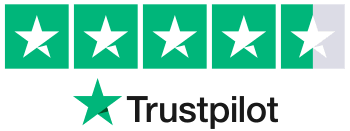
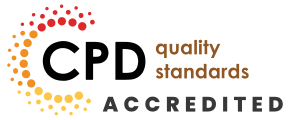



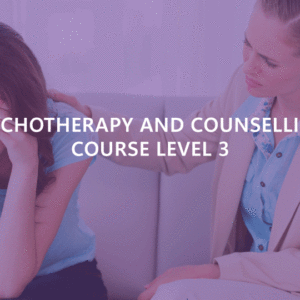




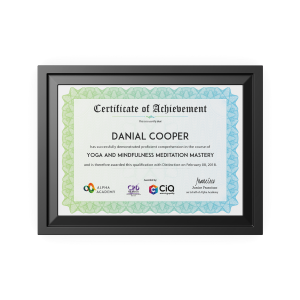






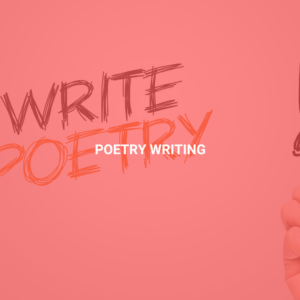



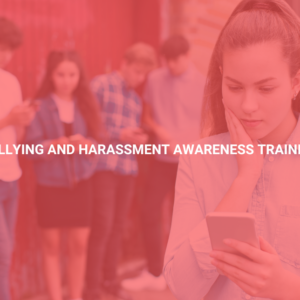









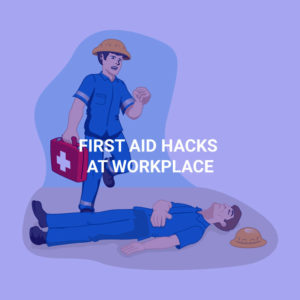

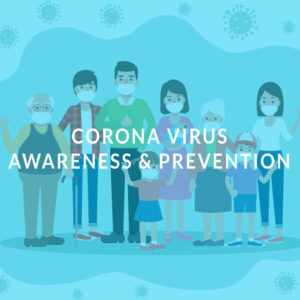
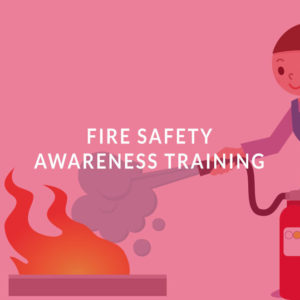
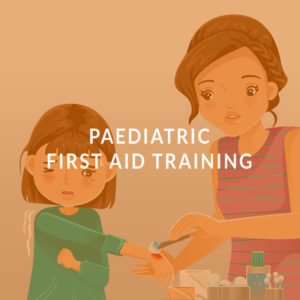

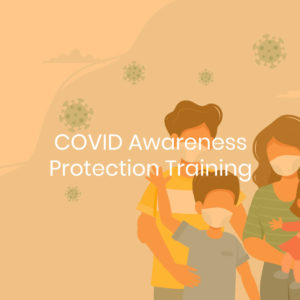














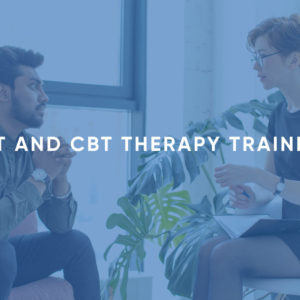


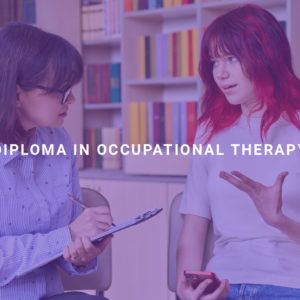
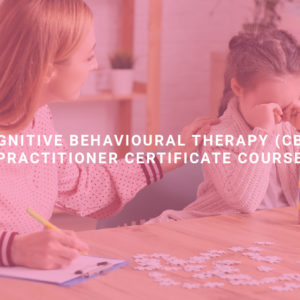
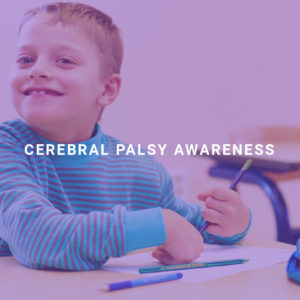
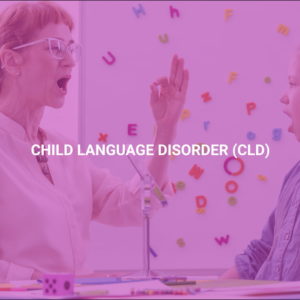









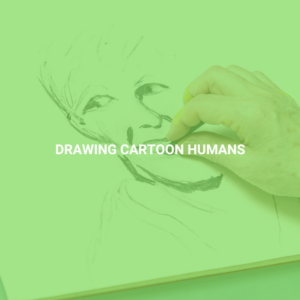




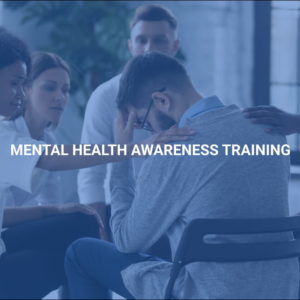
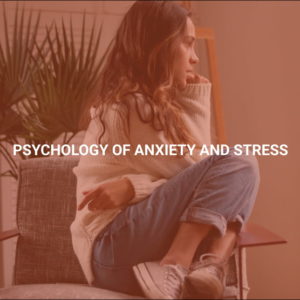


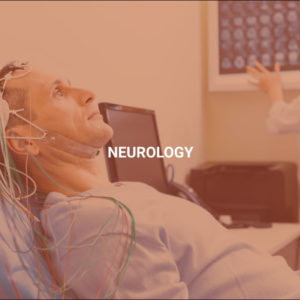







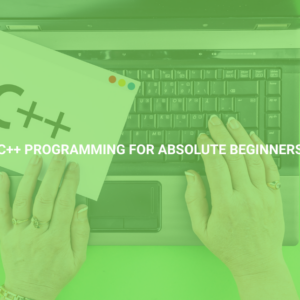
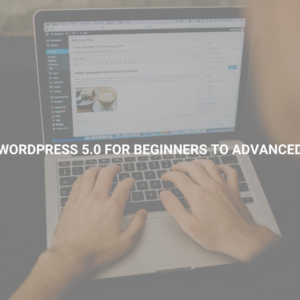

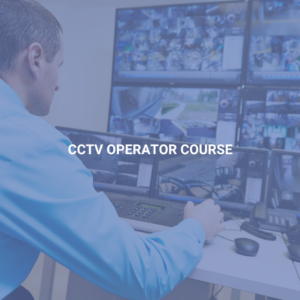














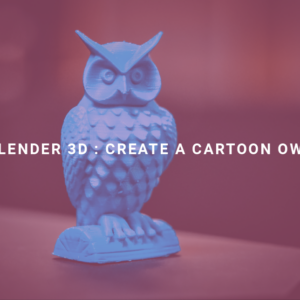

















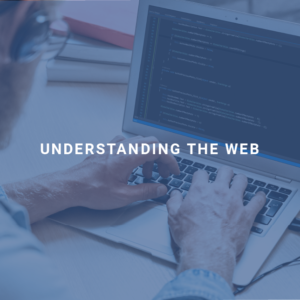



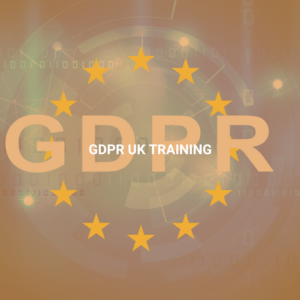
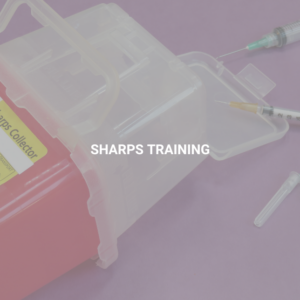















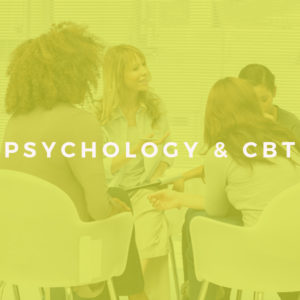
0 responses on "Top 9 Cognitive Behavioural Therapy (CBT) Techniques to Improve Your Mental Health"